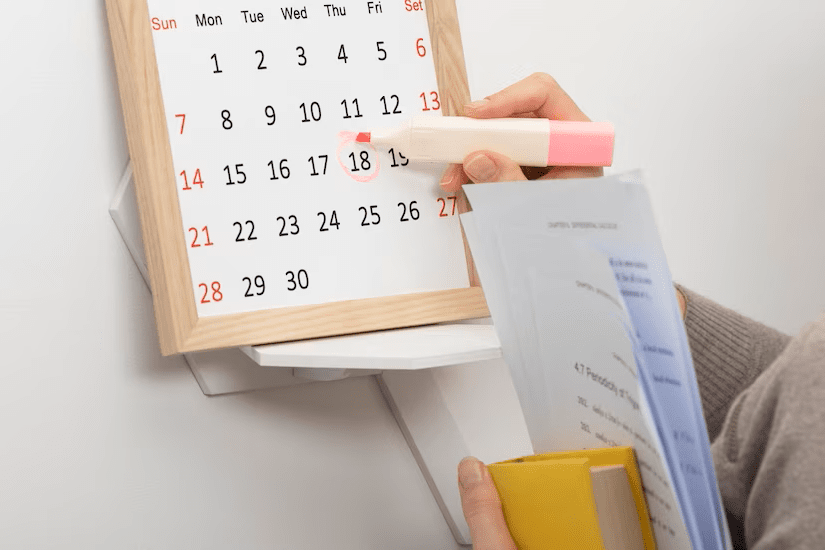
- “Good Job” comes a long way
- Daily routine is a life changer
- Short, concise, and precise instructions
Are you aware that attention deficit hyperactivity disorder (ADHD) is one of the most common mental disorders affecting children? In Malaysia, the estimated prevalence of ADHD ranges from 1.6-4.6%. According to the Diagnostic and Statistical Manual of Mental Disorders, ADHD can be categorised into three types; primarily hyperactive, primarily inattentive and combined.
Children with ADHD tend to struggle with focusing, are easily distracted, inability to sit still, among others. Treatment usually involves medications and behavioural interventions. Although there is no cure for ADHD, these treatments can help deal with the symptoms, making it more manageable.
1/ Praise and Reward System

Due to the nature of our culture, we don’t necessarily praise children for their efforts. When I psychoeducate parents on praise and reward systems, I tend to meet with “ah, like that also can ah?” plus a perplexed look on their faces.
Therapist: What do you do when your child misbehaves?
Parents: We will scold him/her.
Therapist: What do you do when your child is well-behaved?
Parents: *speechless*
A “good job” goes a long way. Praises coupled with rewards have shown to be effective means to change or reinforce desirable behaviours. Why does it work? The anticipation of reward stimulates dopamine. Dopamine helps the child to stay focused and sit still.
Reward promotes learning, acknowledges efforts and teaches action and consequences. A straightforward reward system that you can practise at home with your child is the token economy, by rewarding them with small tokens such as stars and then exchanging them for bigger rewards.
Good behaviour => Praise + reward = Reinforcement of said good behaviour.
“Aiyo bigger rewards are expensive”. That is a myth. Bigger rewards do not equate to the latest iPhone 14 or the illusive PlayStation 5. It can be as simple as their favourite meals or a movie day.
A creative way to instil a reward system at home is by putting up a reward chart on the fridge. Update the chart immediately when good behaviour is acknowledged.
2/ Daily Routine

“I can’t make him do his work” or “he is showing tantrums every time I ask him to do something”. Are you able to relate to this statement?
ADHD significantly impairs one’s daily routine, thus having a proper schedule is beneficial to ease and organise day-to-day activities. It also cultivates good habits and sets proper boundaries.
7.00 am: Get out of bed
7.05 am: Wash face. Get dressed.
7.20 am: Have breakfast
Easier said than done. Oftentimes, parents would tell me, “we tried to fix the schedule last week, but it doesn’t work”. In reality, it takes time for the child to adapt to routine. Effective routines require consistency and commitment. It will be a challenging process; however, it can lead to an amazing outcome. So, don’t just throw the towel out yet.
The best way to incorporate routine at home is by using a white/blackboard. Stick it on the wall where it is easily accessible to the child.
3/ Clear instructions

“He doesn’t listen. I told him to get ready for school, but instead, he was just taking his sweet time and daydreaming. Because of that, he was late for school”. I just wanted him to pack his bags and grab his lunchbox”.
Have you felt frustrated that your child doesn’t seem to be listening or following your instructions? What is the issue? Is your child not listening or the way you convey your instruction might not be efficient?
“Can you get ready for school?” or “Please put your homework in your bag”
Two ways to give instructions, but there is a significant difference between them. The first instruction is vague, while the second is clear and specific. Children struggling with ADHD have difficulty focusing and sustaining attention. When an instruction is given, he or she might not be “present” in the moment to process it. Similarly, if the instruction is too long, he or she might get distracted by other stimuli. Your child may also only be able to “catch” the first part of the instructions and not the rest.
Tips to give proper instructions:
- Move closer to the child
- Make eye contact
- Give short, simple, and specific instructions. “Go shower” instead of “get ready”
- If your child can follow the instruction, give praise.
- If your child is not able to follow, repeat the instruction once and ask if he understood the instruction.
- Lastly, be patient.
To summarise, neurodivergent children experience day-to-day challenges that require behavioural interventions in order to cope with the symptoms of ADHD. Looking for more tips? Part 2 will be released soon!









